Model of Plant Cell on Board
৳ 850.00
- Plant Cell Model
- Ideal for Training & Education
- Made in India
This is the Scientific Model of Plant Cell on Board for Education and Training.
The Model of Plant Cell consists of
- Nucleus
- Nucleolus
- Chloroplast
- Vacuoies
- Cytoplasmic Stranos
A Model of Plant Cell is a visual representation of the various structures and organelles found within a plant cell. These models are used for educational purposes to help students understand the anatomy and functions of plant cells. Here’s an overview of what a typical plant cell model might include:
1. Cell Wall: A rigid outer layer that provides structural support and protection to the cell. In plant cells, the cell wall is made primarily of cellulose.
2. Cell Membrane: A semipermeable membrane that surrounds the cell and regulates the movement of substances in and out of the cell.
3. Cytoplasm: The gel-like substance that fills the interior of the cell, where organelles are suspended.
4. Nucleus: The control center of the cell, which contains the cell’s genetic material (DNA) and regulates cellular activities.
5. Chloroplasts: Organelles that contain chlorophyll and are responsible for photosynthesis, the process by which plants convert sunlight into energy.
6. Vacuole: A large fluid-filled sac within the cell that stores water, nutrients, and waste products. In plant cells, the central vacuole helps maintain turgor pressure and provides structural support.
7. Mitochondria: Organelles that produce energy (ATP) through cellular respiration, converting nutrients into usable energy for the cell.
8. Endoplasmic Reticulum (ER): A network of membrane-bound tubes and sacs that are involved in protein and lipid synthesis.
9. Golgi Apparatus: A stack of membrane-bound vesicles that processes, sorts, and packages proteins and lipids for transport within the cell or for secretion outside the cell.
10. Ribosomes: Small organelles that are the site of protein synthesis, where amino acids are assembled into proteins according to the instructions encoded in mRNA.
11. Plasmodesmata: Channels that traverse the cell walls, allowing for communication and transport of molecules between adjacent plant cells.
12. Other Organelles: Depending on the complexity of the model, additional organelles such as peroxisomes, microtubules, and microfilaments may also be included.
You must be logged in to post a review.

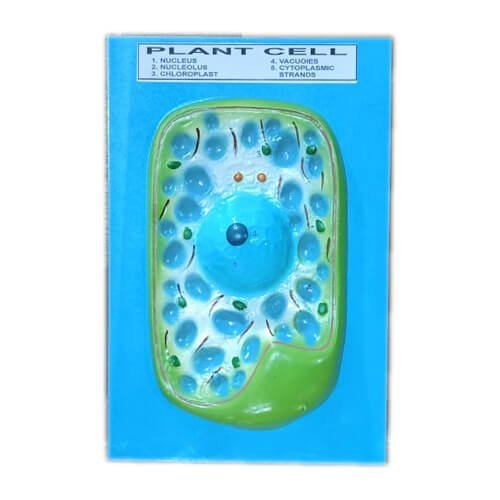
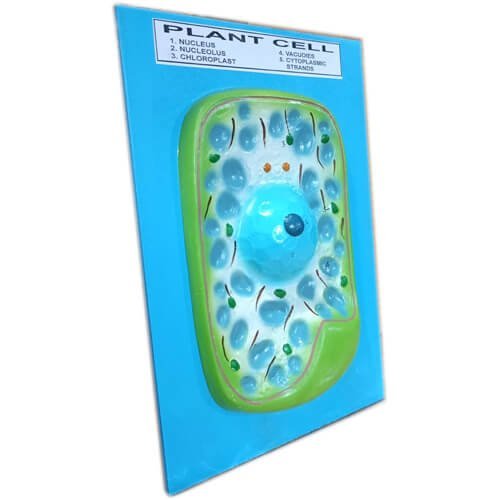
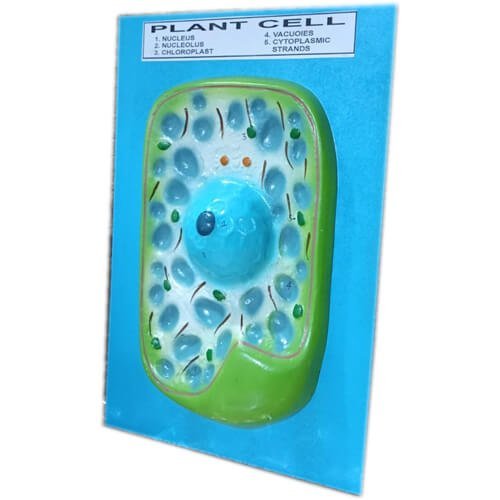
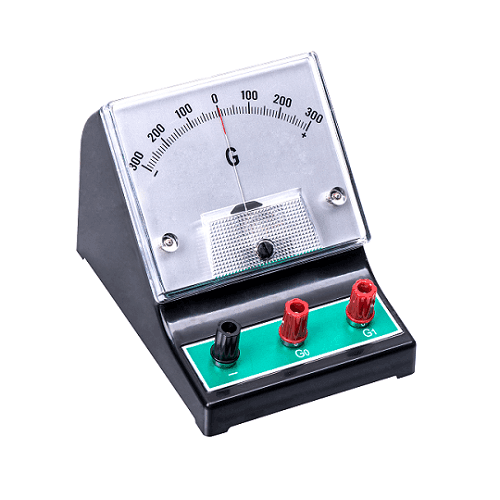

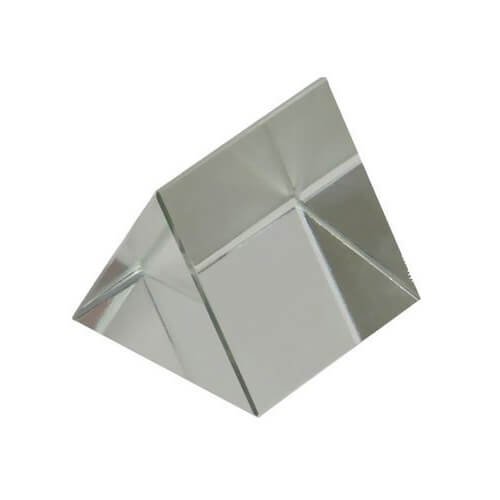
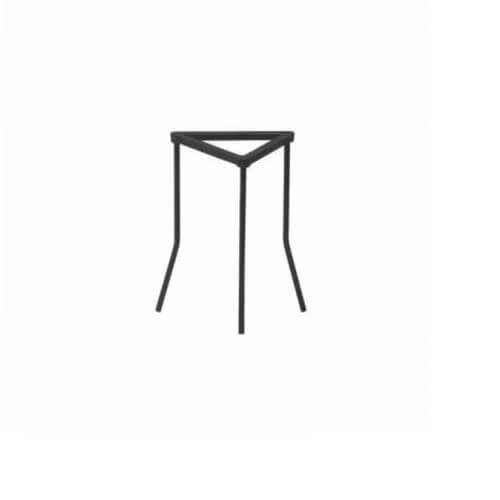
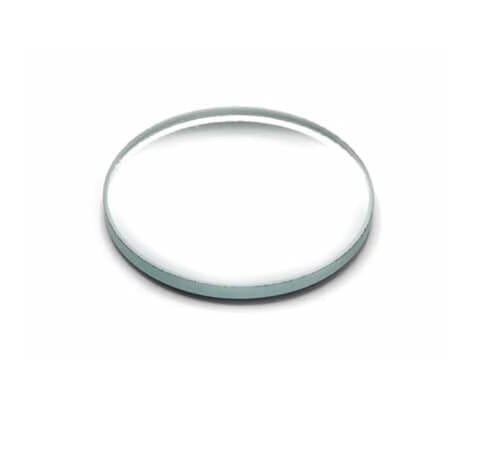



Reviews
Clear filtersThere are no reviews yet.